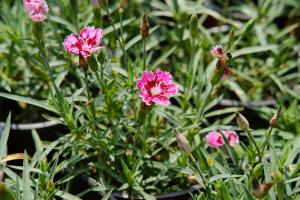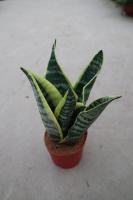1、 Basin changing time
Different climatic conditions in different regions will lead to different flowering periods, which will lead to different pot changing times. When each plant blooms, it will lead to a large amount of nutrient consumption, so the pot must not be changed during flowering, otherwise the petals will wither and even the whole plant will wither due to the lack of nutrient supply in the process of root re adaptation to the environment. Generally speaking, pot change can be considered as long as it is not in the coming flowering and flowering process, that is, outside the flowering period
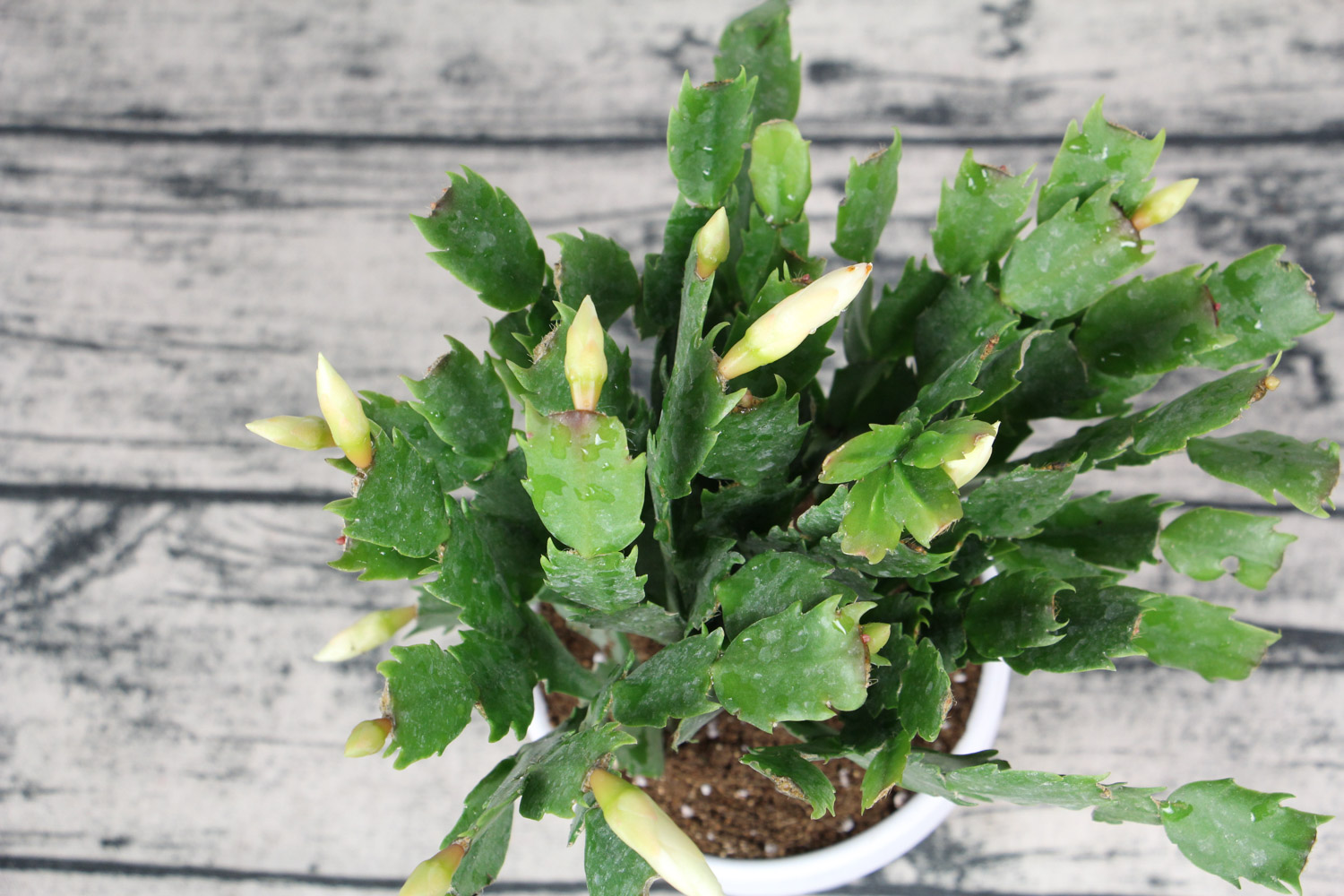
2、 Later maintenance
1. Light: it is a plant that does not need too long sunshine time. It likes to grow in semi overcast state and is afraid of hot and high temperature weather. In summer, it should be placed in an indoor ventilation place or a balcony with a shady back. It is forbidden to expose to the sun. After the beginning of autumn, when the sun's intensity drops, it should be placed at 50% of the light, that is, semi overcast. After the weather is getting colder, the light should be increased appropriately
2. Soil and fertilizer: when changing the pot, first lay a layer of sandy flower soil at the bottom of the pot, and then mix in some base fertilizer to increase the nutrients contained in the flower soil. A small amount of plant ash can be added to keep the flower soil neutral and avoid the environment of acid and alkali. It likes the environment with sufficient flower fertilizer. It should keep sufficient flower fertilizer in the growing season and reduce the number of fertilization at the end of autumn
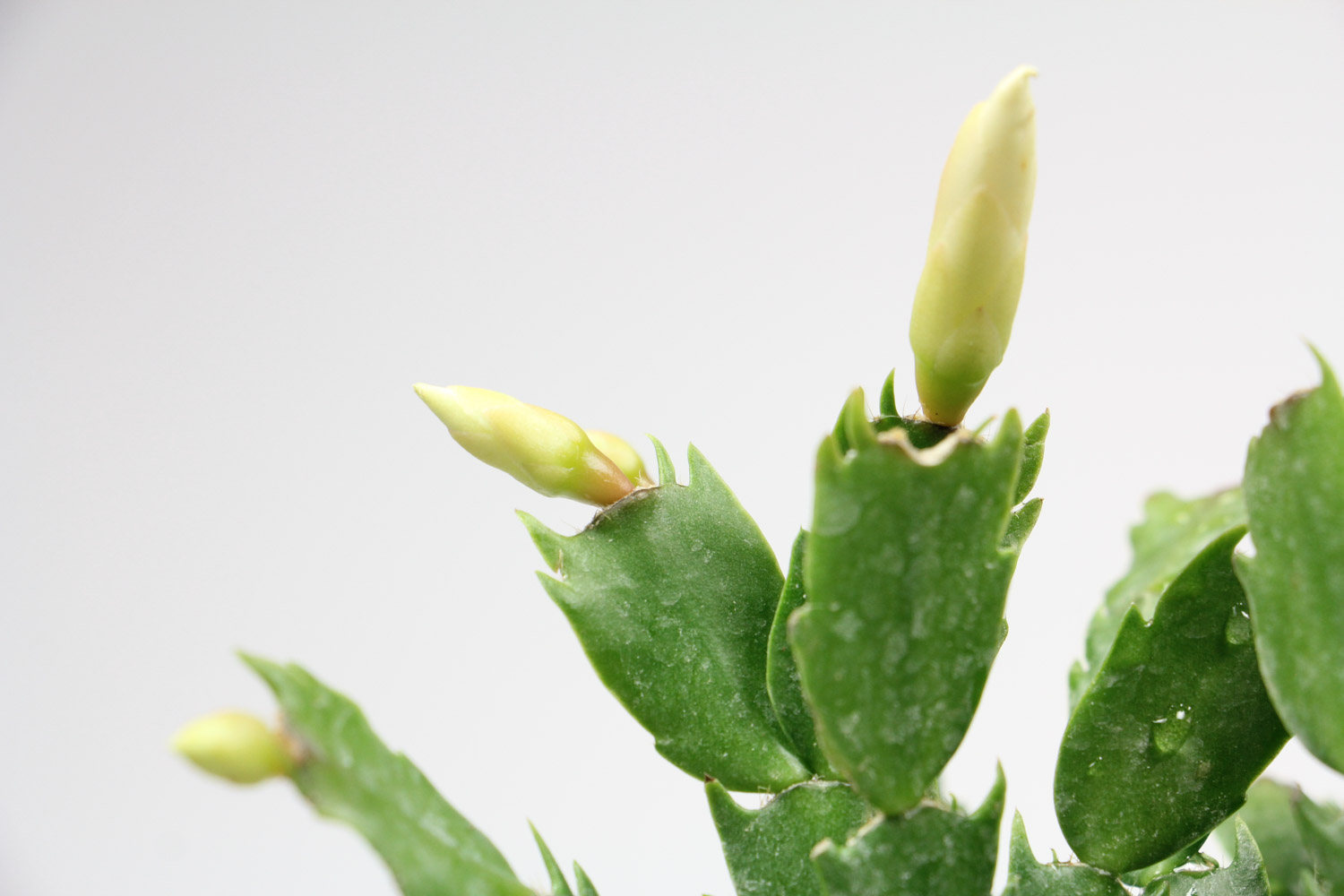
3. Watering: it itself belongs to an epiphytic cactus, which is epiphytic in the valley with high water content. Therefore, it is necessary to choose a relatively humid growth environment, but the flower soil cannot be too wet. Generally, the method of watering when it is dry is adopted. Water once every two to three days in the high-temperature season. It is forbidden to water at noon when the light is strong. When the temperature is low, it can be watered once a week, rather than in the evening
4. Pruning: because the pot change is after the flowering period, flowering consumes a lot of nutrients, and the stems often break due to softness. In order to avoid this phenomenon, the remaining residual flowers need to be pruned so that nutrients can be supplied centrally
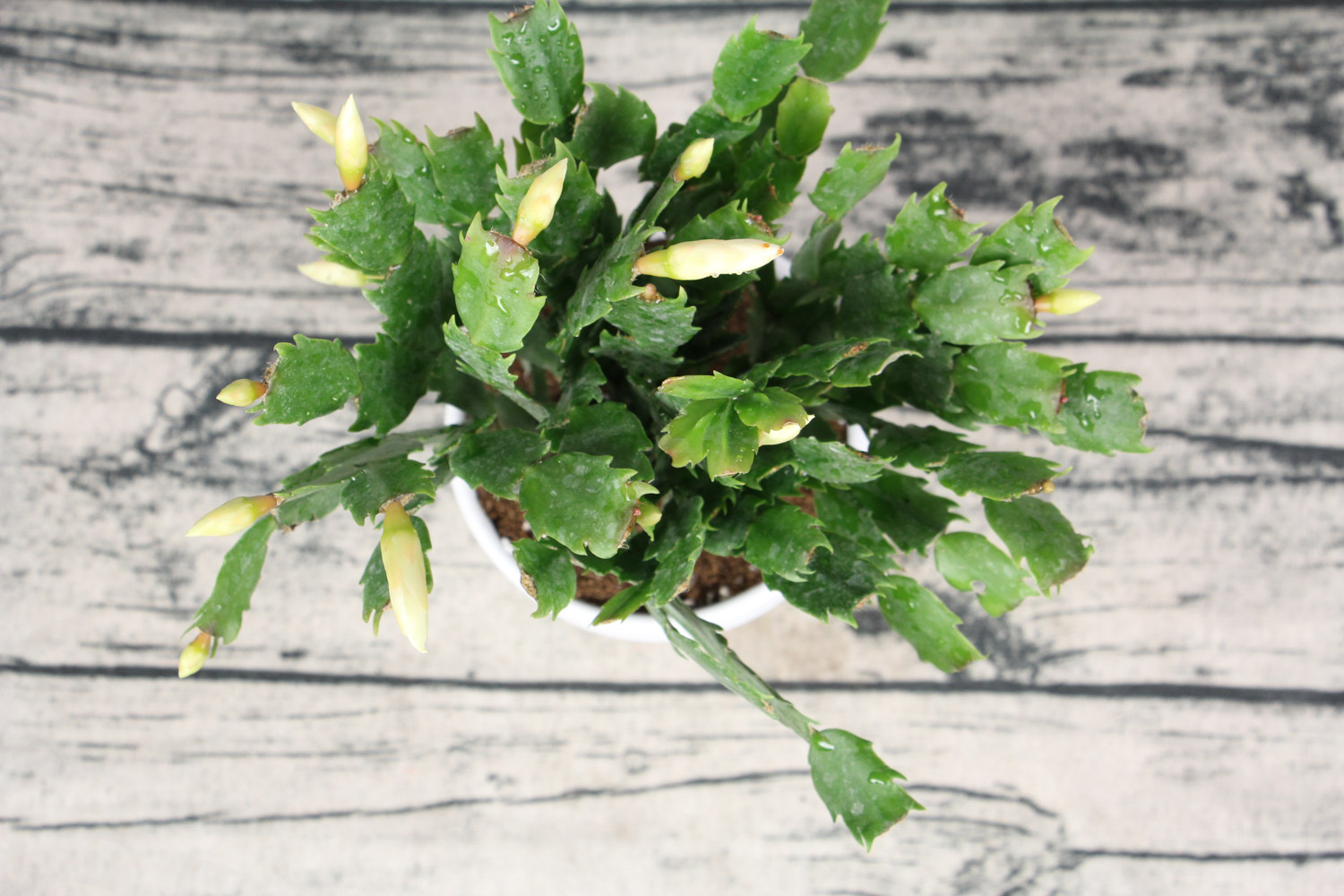

 how many times do yo...
how many times do yo... how many planted tre...
how many planted tre... how many pine trees ...
how many pine trees ... how many pecan trees...
how many pecan trees... how many plants comp...
how many plants comp... how many plants can ...
how many plants can ... how many plants and ...
how many plants and ... how many pepper plan...
how many pepper plan...
